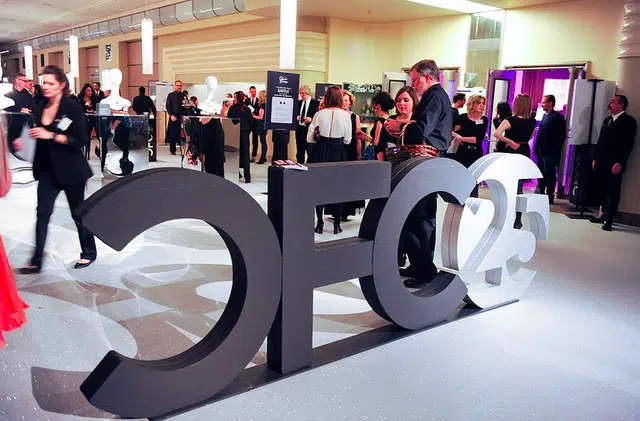6 Ways Nonprofits Fail At Promoting Events With Social Media


Full Platform Overview Chat With Us



Full Platform Overview Chat With Us





Social media is a great way to get the word out about an event, whether it be a fundraising gala, golf outing, walk or ride. However, there is a science to getting the most out of each individual network while generating meaningful interactions that result in ticket purchases and attendance.
Here are six common ways nonprofits fail at promoting their event through social media, and solutions for each:
1) Repeating, one-dimensional content during pre-promotion
It’s easy to hop on your social media channels and daily blast out “Please register for our event! (link)” over and over again until the date finally passes. But unless you give an engaging and compelling reason for someone to buy a ticket, they’re going to tune out your repeated appeals.
Try instead: diversify promotional content leading up to the event.
Mix in different types of compelling content that your audience will find entertaining or educational, then use calls-to-action at the end to convert them into event attendees.
For example, you could:
Then, at the end of each post, link to your event page (that’s the call-to-action).
The actual appeal (“buy a ticket now”) is the whipped cream on top, not the ice cream.
2) Not empowering your vendors and sponsors
Your vendors and sponsors can be excellent promoters of your event, especially if they are for-profit businesses (they just love to put their philanthropy on display). However, you have to empower them to do so.
Be sure to supply them with pre-written tweets and status updates, complete with graphics, photos and links as needed. The easier you can make it on them, the more likely that they will actually promote your event. Be sure to play up their involvement in the event within the content you supply them.
3) Live-tweeting from Facebook
We get it. You want to promote the event as it’s happening. You want to make non-attendees jealous that they aren’t there. But Facebook isn’t the place to do it. Unfortunately, many nonprofits post multiple times a day on Facebook. This is problematic for a couple of reasons:
Twitter, Instagram and Periscope are much better networks to post frequent updates. The networks are not controlled by an algorithm, and content moves through in a chronological manner. You can get away with posting more often because the content there has a shorter shelf-life.
Try instead: deploy remarketing ads.
If you want an omni-present Facebook presence that continually promotes your event, consider investing in a paid remarketing ad campaign.
Facebook ads can appear in users’ newsfeeds if they look at your event or leave your website without purchasing. These ads are separate from your organic page content. You can even target the ad towards those who are your best prospects, and exclude those who aren’t (or even those who have already purchased).
4) Forgetting to leverage influencers
Your branded channels have a limited reach. Leveraging the personal accounts of other social media users is a good way to reach new audiences that may not be following your Facebook page or Twitter account.
Consider putting together a “street team” who can help promote your event before, during and even after. Look for those with a passion for your cause and a high follower count. Then, supply them with content in the same way did with your vendors and sponsors. For the reasons listed above in #3, have these folks concentrate on Twitter, Instagram and Periscope (especially Periscope!)
5) Failing to respond to attendee questions quickly
If you have an active social media presence, be prepared for event attendees to engage with you before, during and after event (especially during!). Don’t sleep on those asking questions about timing, parking and other logistical issues, especially complaints. Consider dedicating one or more individuals to just answering attendee questions (your volunteer street team can help out here too).
6) Not repurposing content for use after the event
If you encourage event attendees to take lots of photos and videos, you should have a lot of content to use for recapping the event. Depending on the diversity of content that you can crowdsource, you may be able to stretch out your posts long after the event ends, rather than posting all of your photos at once in one big album.
Be sure to set aside your best content to use to promote the event next year, and don’t forget to say “thank you!” via social media to all the people who made the event possible (it will keep your vendors and sponsor coming back year after year).
How does your nonprofit use social media to promote events? Let me know in the comments below!


Comments
Steven Shattuck
Anthony Rivera